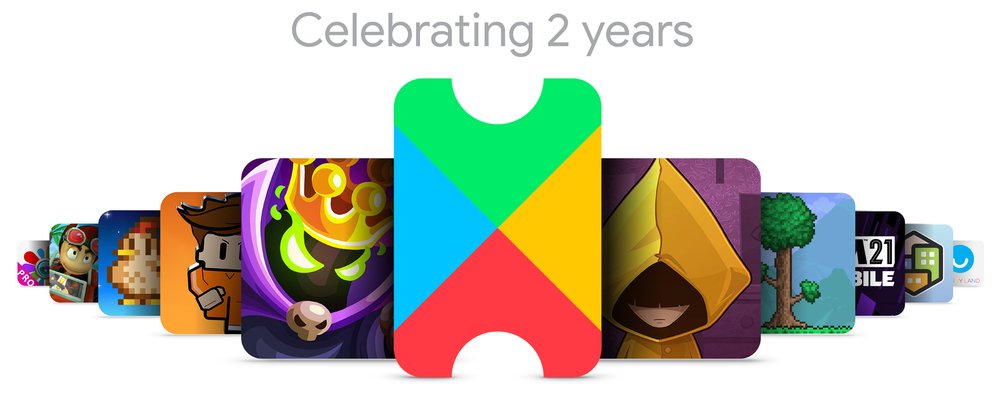Bravely Default 2 – -apkrig
Bravely Default 2, JRPG for Nintendo Switch from Claytechworks studio, is so strictly conservative that it gives the impression that a bunch of Amish decided to use electronics and make a game for a few years. That in itself is not automatically wrong yet – basically I have nothing against the old school. But some design methods from the past have ceased to be used simply because they have been overcome, replaced by something better. There is no reason to return to them. It’s as if you’re starting to treat diseases with leeches and, as part of a lawsuit, have added a boil to a boiling water boiler just because it’s been done before.

Contents
So our world ends again
An unpredictable storm lifts the waves so that it does not recognize the sea from the sky. There is nothing at the top and nothing but a roaring element on both sides. The ship lays on its side, as helpless as the souls of its sailors, which disappear into the depths. Among them is our hero. Instead of resting in the grave, no one ever visits but opens their eyes on the beach. He’s in an unknown country, why not. But it’s not a coincidence.
Although the complete introduction to the story will arouse pleasantly shimmering tension, this is roughly the last time the story manages to get caught in the hook. The characters are uninteresting, free of any development, and the plot itself is a thousand times told high fantasy, moreover full of such painful clichés that I sometimes read the dialogues backwards to make sure I didn’t miss some clever deconstruction of the stereotype because I didn’t want to believe it. that the game serves me something so terribly cooked in all seriousness. If there really is such a thing, it is hidden very skillfully.
Apart from the beginning, I can only recall one stronger moment from the whole story, which, unlike the rest, I will probably not forget in three days. Otherwise, it’s like a tomato from the mall. Mass. A standard substance, without taste, which passes unabashed through the body. You will survive when you have to, but it will certainly not be particularly pleasing and you would much rather eat something better.
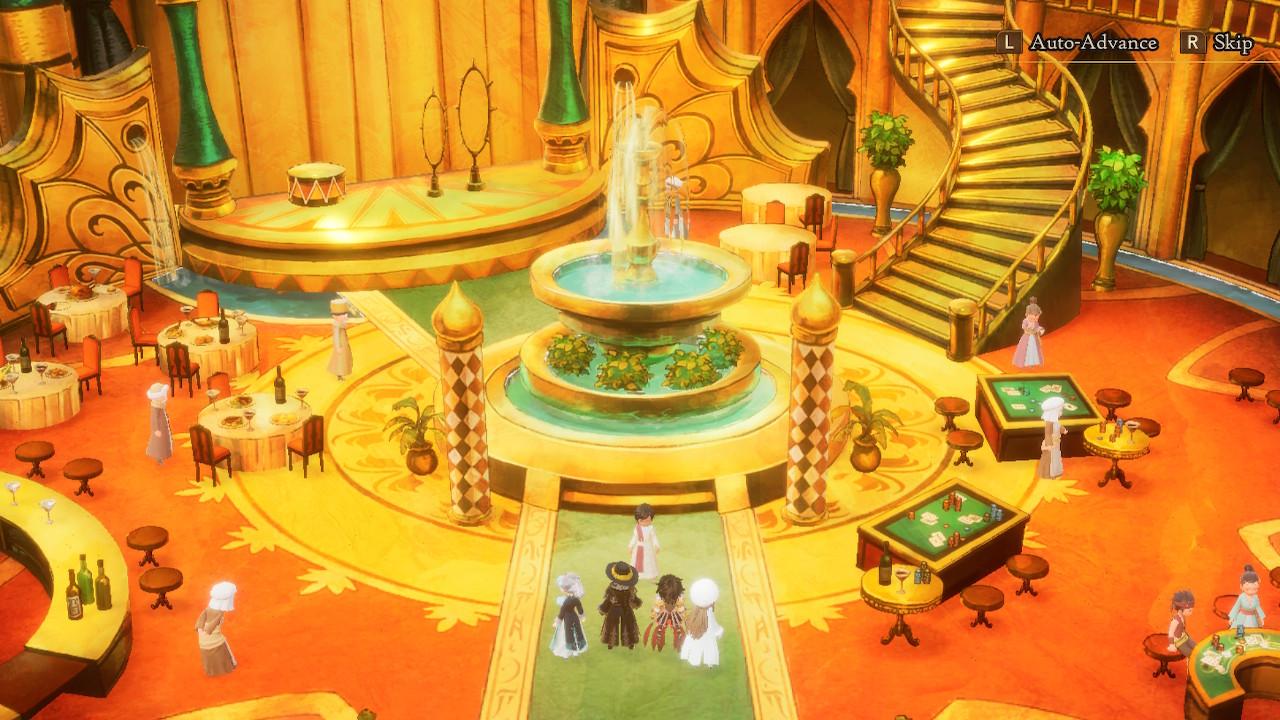
Actually, a pretty short game
Bravely Default 2, when taken that way, is a fairly intimate affair. The characters do not go through personal development simply because they do not have enough space for it, as the storytelling together takes barely a few hours. The whole game map is divided into four zones so small that you would run the world from top to bottom in about five minutes.
The game is straightforward in design, as when shooting. Random passers-by will sometimes try to give you a side quest, but if you naively wait for anything other than a hundred variations on “bring me five pieces of this and that” or “kill six enemies”, you would be cruelly mistaken. The rest is racing past the main storyline and sequence of dungeons.
Dialogue in the city. A short run to the dungeon. Cleaning. Return to the city. Dialogue. Run. Dungeon. Return … in Bravely Default 2 you will do practically nothing else. Which wouldn’t matter. The game makes it clear what it intends to focus on, and that’s not a priori wrong. JRPG with a clear focus on dungeons and duels? Why not.
And for the first ten hours or so, it’s really fun. The duel, although it has not undergone virtually any change since number one, is still fresh and pleasantly variable, the game does not look bad, it does not play badly, so no problem. Or not? Unfortunately, the taste soon becomes bitter. Although Bravely Default 2 lasts over fifty hours, you will see everything it can offer during the first act. And then comes the exhaustion.
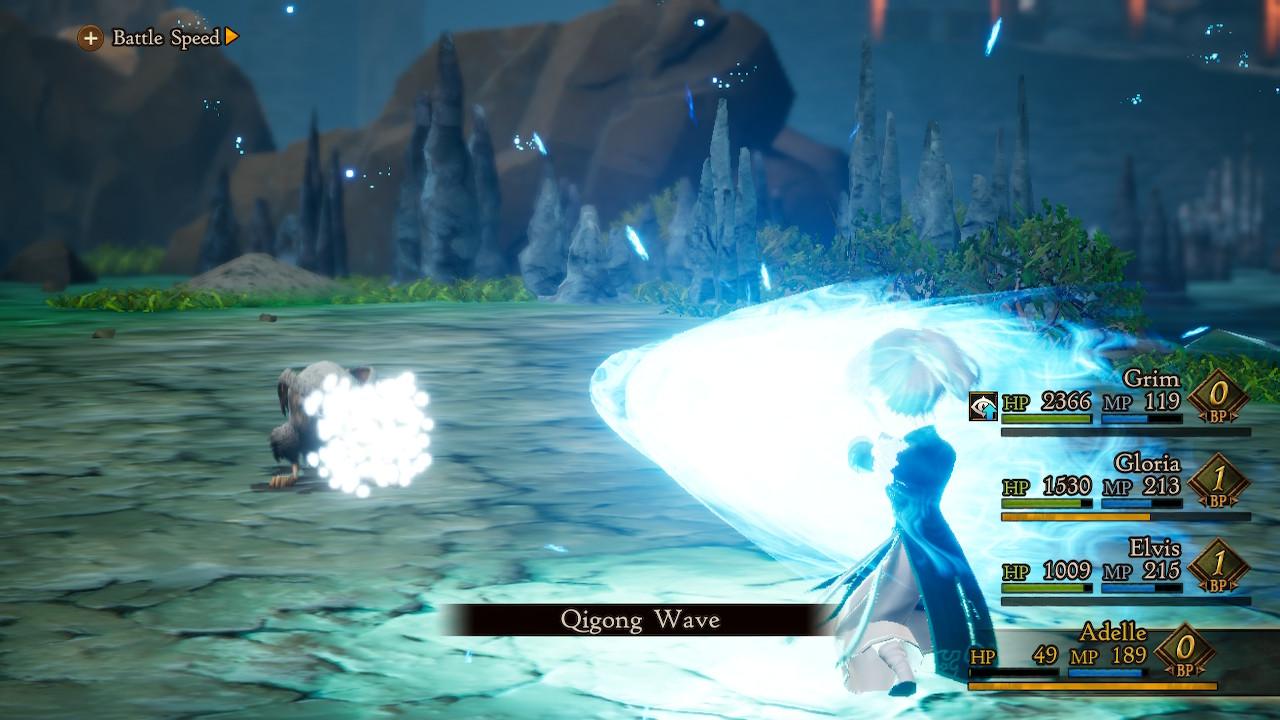
Each dungeon takes several hours, and you spend the vast majority of them doing the same fight over and over again. The first few battles are fun, when you still don’t know what the game has prepared for you this time, you create tactics and explore new enemies. But once you find that procedure after two or three conflicts, it will work every time, and the exciting struggle turns very quickly into a completely evil click of the same sequence of abilities while the thoughts wander elsewhere.
No specialty. No riddles with the environment (at least not something worth talking about – I refuse to count on sophisticated “pull this lever and the door opens”), no interesting level design, exploration, traps, hiding, rest, nothing. Just a duel, a duel and then … another duel. And sometimes a treasure chest.
The blow to the neck is the fact that the defeated monsters reappear in their places about the time Agera starts from zero to a hundred. And I’m not exaggerating too much, because monsters are really born in perhaps ten seconds after their death, and I can confirm that it is an absolutely first-class poison and designer laziness.
However, imagine a situation where you turn into a corridor, perform three fights out of duty there, and then find out from the screen that the corridor is blind. You turn around and, yes, you can have those three fights again on the way back. Which is about as happy as arranging things carefully in a box, then picking it up and tearing the bottom. Was it really impossible to restore the enemies, for example, when re-entering the once depleted location?
If you grit your teeth, the game will eventually reward you with a battle with the boss. On the one hand, they are really a level higher than the crushing of ordinary henchmen in terms of experience, they create a properly dramatic and exciting impression, but it is also impossible to claim that it would be a show of various combat tactics with fireworks and fanfares. The bosses don’t have any special tricks or significantly different phases, so in most cases they will reliably take on the same procedures you created when navigating the dungeon. It just usually takes a little longer and hurts a little more. But he looks at them nicely, not that he doesn’t.
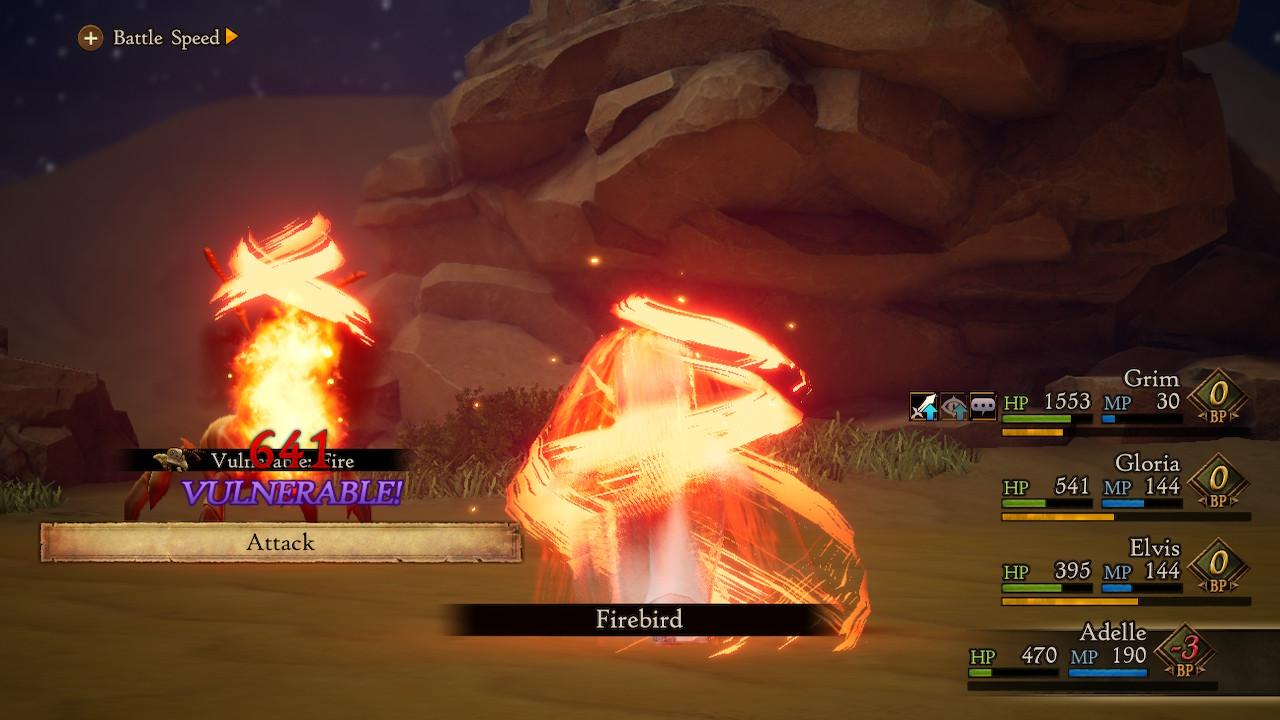
How many asterisks do you have, how many times are you a hero
It’s clear what was supposed to support the game, what was supposed to add a twist to it and why you should have enjoyed playing it. After all, it has it right in its name. The combat system working with “brave” and “default” mechanics cannot be criticized, it is simply excellent. The truth, as has been said, has not changed since number one, which necessarily means that, for the second time, it can no longer evoke such enthusiasm in principle, but that is probably the only reproach it deserves. And who else knows if, because it could be argued that it simply wasn’t necessary to manage what worked.
If you didn’t have the honor of the previous part, know that this is a system that adds the ability to perform multiple actions at once to standard turn-based battles. Each additional action costs one “brave point” and up to three can be used at a time, which is equal to a move in which you attack four times, for example. Or, for example, you heal a party, cast shields, poison an enemy, and use an object. As you wish.
However, the betrayal will come soon, because if you push the brave point counter to negative values with too much activity, the hero will not do anything again for several moves, as he must regenerate them back to zero one by one.

The second mentioned mechanism, ie the default, is used to prevent a similar situation. Once you choose her, the geroj takes a defensive stance throughout his turn, can’t do anything else, but gets a brave point for good – and you can save up to three again.
Default defensive, bold offensive, in other words. And fatigue if you overdo it. Although it may sound quite primitive on paper, in reality it has a huge number of uses and opportunities to practice tactical finesse. Will you detonate brave points and try to burn the enemy immediately in a whirlwind of attacks, as when Ainz Ooal Gown breaks free from the chain? If it works, thumbs up, but if you don’t guess, you’ll end up with a bunch of three moves and you can only watch the surviving opponent cut it to a pulp.
Will you believe that your knight will withstand another move, and instead of a healing spell, you would rather choose your priestess to have a possible action for good if it really goes tough? Or do you prefer to replenish your life now, but with a risk for the future? Knowing when to reach for courage, at the same time not to whistle it, and when to rather defend yourself, is a pleasant and fun fighting puzzle. Respectively, it would be if the game used it properly.
The class system still enters everything. Each hero can have two at once, primary and secondary, and they are not carved in marble, they can be freely shuffled at any time outside the fight. And most importantly, passive abilities are tied to the hero, not his profession, which means you can build a build with bonuses from completely different classes.
For example, you will create a knight who will regenerate mana (passive from the dark mage) at night, whose healing spells will increase maximum lives (passive from the white mage) and who will receive a temporary bonus to attack using brave points (passive from the beast lord). There are a number of classes to choose from, each with its own unique mechanics and the possibilities of putting their abilities together is an incredible quantum.
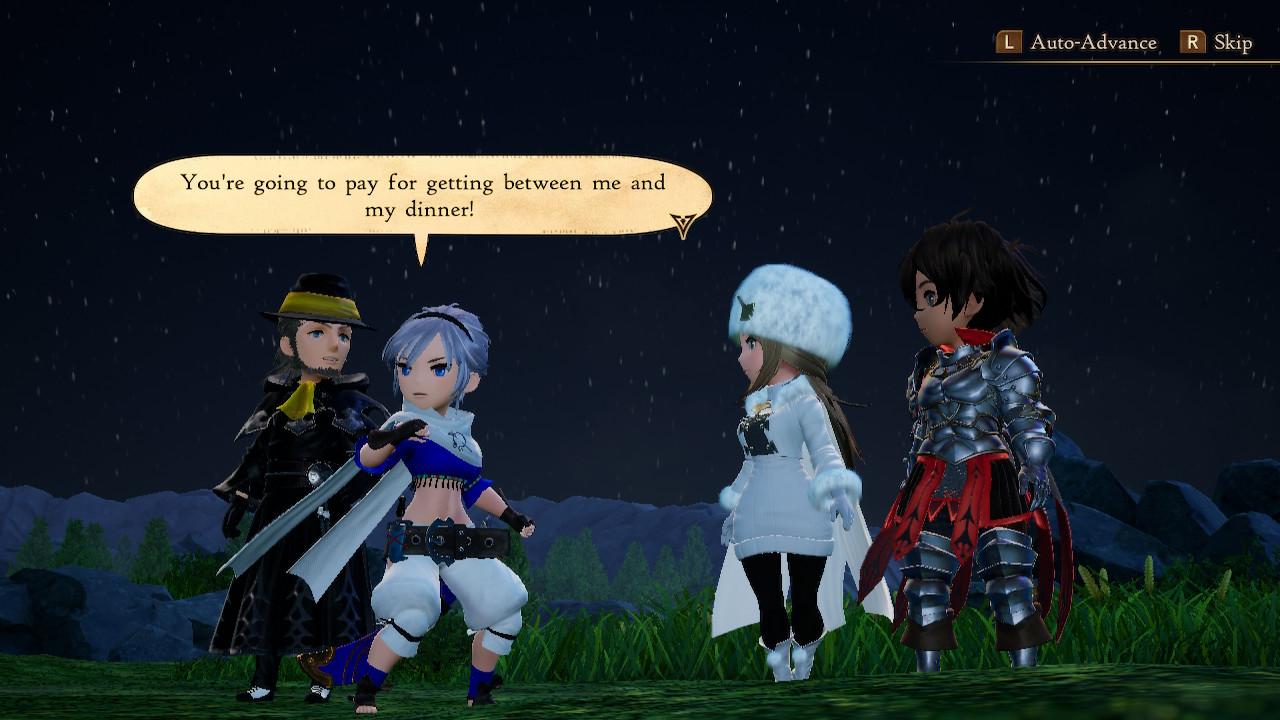
Less used to be more
That’s why it tears at my heart that I have to rain so much sulfur on the game. From the combat mechanics and the number and godly variety of classes, it is clear to know the sincere development efforts to allow the player to enjoy the battle as much as possible. But it all comes to naught when the design of the game itself cannot work with it.
Yes, they theoretically overflowed with possibilities, but in reality, only the most ardent of us will get into a situation where he can play freely with them and invent their combinations. Each class levels separately, and to reach its full potential, you need a twelfth level, which is equal to long hours of grind. Multiply that by about twenty, once for each class and … thank you very much.
I write this practically every time it comes down to it – grind is not a bad word in itself! If he manages to do it catchily and, most importantly, rewards him accordingly, I have no problem simply wiping out success.
However, this is not the case with Bravely Default 2. A local grind is tantamount to killing an identical group of enemies over and over, which is as fun as a sprained ankle, and most importantly, there’s no reason to do it. There is no content you can dare on with an ornate bunch. You go through the game in the same way with the basic group, and the only reward for the drilled builds is just a somewhat dubious good feeling of the player himself, nothing else.

Not to mention that if you arm yourself with patience and grind a few classes to the maximum, it’s no problem to break the game first class and create, for example, a completely immortal squadron thanks to an unbalanced and overly strong passivity from one of the refueling classes. And, hand on heart, the final bossfight, in which you are clearly bored, because that almighty lord of all evil does not have the slightest chance of doing anything, will not add much to your impression.
I do not intend to critically criticize the game for its conservative approaches. It’s a matter of taste, for some it fits, for some it doesn’t and you know best how you’re doing. But the terribly repetitive content is simply a fact. Bravely Default 2 was to last fifteen hours instead of fifty, it was supposed to have ten times less normal fights, but more difficult and more diverse, and it was supposed to have half the classes, but it was well balanced. It wouldn’t help the fallen story, but at least it would be more fun to play.
